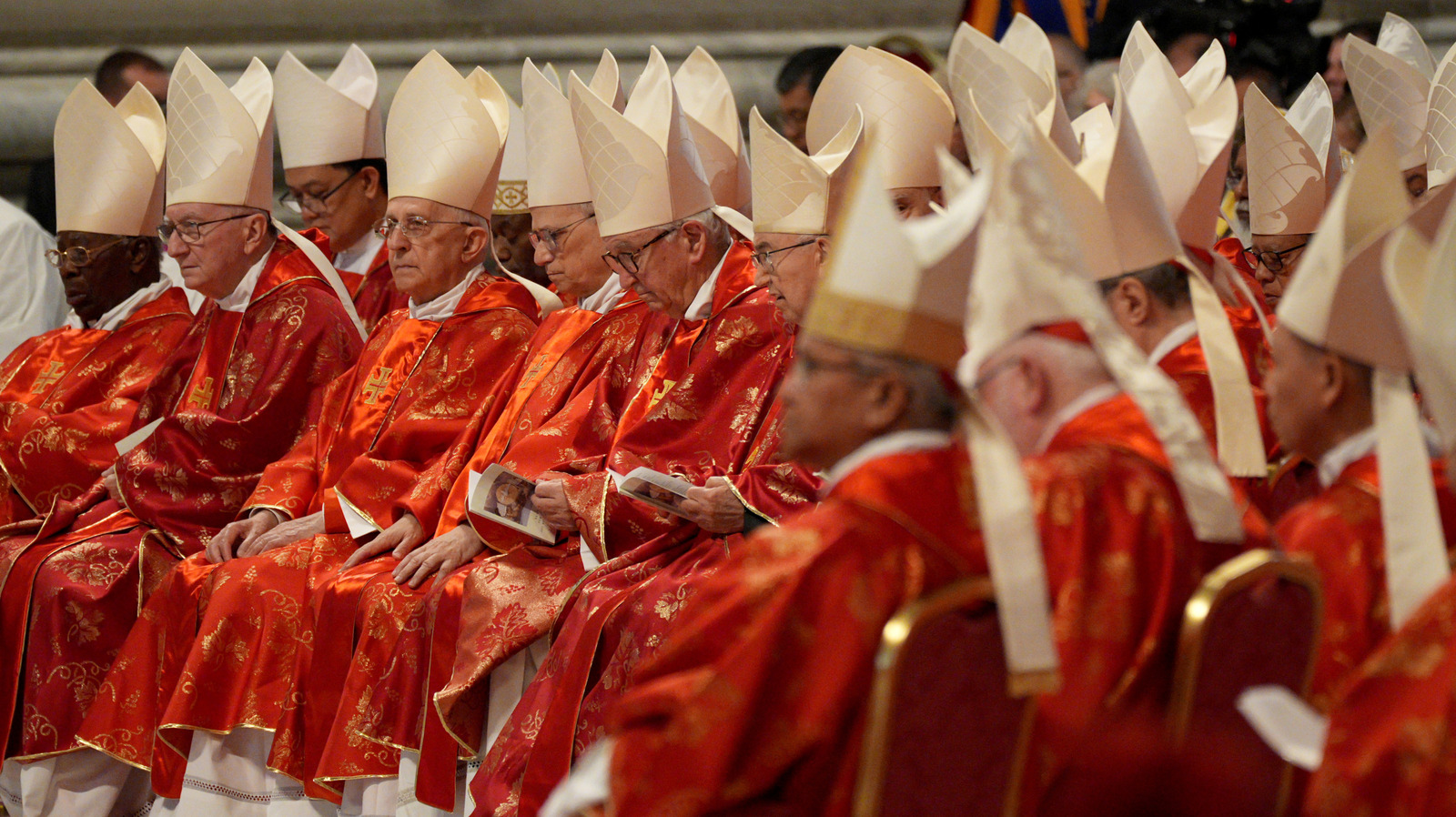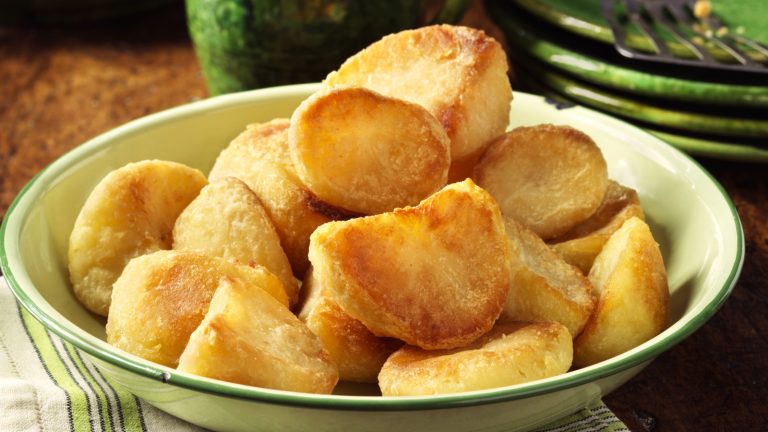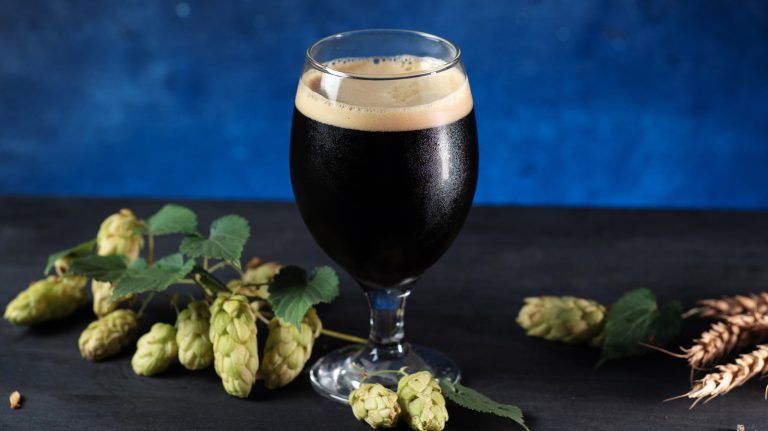We may receive a commission on purchases made from links.
As cardinals from around the world gather in Rome to elect a new pope, a tradition known as the conclave, there are a lot of known truths. For one, the cardinals are sequestered in the Vatican for the entire duration — no coming or going until that two-thirds-plus-one majority is reached. Another is that when those cardinals aren’t voting or trying to whip votes for their preferred future pontiff, they’ve got to eat.
According to an article from the BBC, tourists in Rome have seen many of the cardinals eating at local restaurants in and around Vatican City, getting their favorite meals in before what could be days, weeks, months, or even years (the longest conclave lasted just shy of three years in 1268) of sequestration.
While eating a plate of cacio e pepe on the piazza outside of Saint Peter’s Basilica sounds like a picture from an idyllic vacation, once those doors close and the conclave officially begins, it’s cafeteria dining for the cardinals until we see that white smoke signal (white means a new pope has been chosen, black means another vote is required). This year, the nuns at the residence where the cardinals are sequestered are taking culinary inspiration from the Italian regions of Lazio and Abruzzo, and will be making spaghetti, minestrone soup, arrosticini, and boiled vegetables. While the menu may not sound all that thrilling, it’s meant to communicate a more wholesome, humble image of the Catholic church.
To ensure no illicit communication is taking place, mealtime during the papal conclave is heavily guarded
Historically, meal time during the conclave was a hotbed of forbidden communication. A cardinal’s butternut squash ravioli could be stuffed with a secret message — an assault on ravioli if we’ve ever heard of one — or they could find a way to sneak news about the vote to the outside world through something as unassuming as a used napkin. To avoid any mishaps, security was especially beefed up in and around the kitchen and cafeteria, a tradition that continues to this day.
In Bartolomeo Scappi’s 1570 cookbook “Opera Dell’Arte del Cucinare,” he writes about his time as the chef for Popes Pius IV and Pius V and how conclave mealtime was conducted. According to Scappi, daily meals were prepared in a communal kitchen, with guards ensuring no contraband was coming in or out. Additionally, the type of food served was based on its ability to be used as a vehicle for secret messages. Cardinals wouldn’t have been eating closed pies or whole chickens, wine and water were served in clear glasses, and every napkin was opened and inspected before service. While electronic communication is more of a concern these days than a secret note slipped into a chicken breast, based on the menu for this year, that level of heightened security seems to still be in consideration, as everything will be closely watched.






